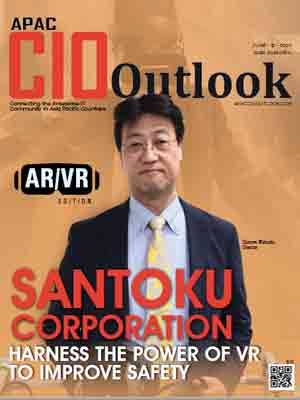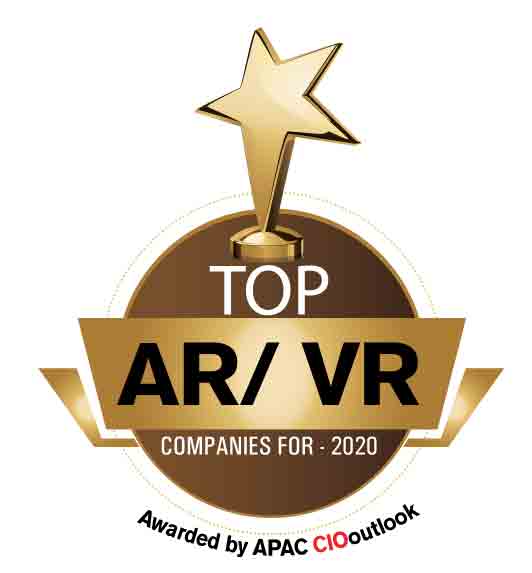Although augmented reality (AR) and virtual reality (VR) have been around for more than three decades, they were mostly leveraged by the entertainment and gaming industry. The games like Pokemon Go and Oculus Rift successfully validated the consumer mass adaptation of AR and VR technologies—collectively referred to as extended reality (XR). However, things did take a quick U-turn last year. 2019 has been a spectacular year for XR technology and witnessed its shift onto industrial applications, and consumer products and software. The presence of XR technology, now, has started to be felt outside the gaming and entertainment industry, and is predicted to have a transformative effect across various industries in the coming decade.
Today, XR technology is making strides in terms of innovation and customized optimization. Last year saw big players making considerable investments in the AR market. Consequently, AR is finding extensive applications in mobile devices, shopping technologies, enterprise solutions, and navigational solutions. While comparing with AR, VR is a much-matured technology with numerous applications in aerospace, healthcare, entertainment, and various other industries. VR is also finding extensive applications in education and training. VR-powered product designs and work simulations are also gaining popularity.
While connected hardware has been a hindrance factor for XR technology, devices are increasingly getting untethered these days. The recent success of Facebook’s Oculus stand-alone headsets, Quest and Go, has been a milestone toward this. As the integration of artificial intelligence (AI) into AR and VR technologies continues to improve, the applications can go far beyond the prevalent Facebook and Instagram photo filters. Similarly, the rollout of 5G is going to boost the potential and applications of XR technology. Combining with 5G and cloud technology, it will produce a zero-lag environment, eliminating the dependency on a wired system and onboard hardware.
At this juncture, there are a variety of AR/VR companies in the market that caters to different needs of the businesses. To help them choose the company that best fits their requirement, APAC CIO Outlook has compiled the list of the top 10 AR/VR solution providers and consulting companies. The enlisted companies are the frontrunners in the market that provide a wide span of features and service offerings. Besides, the magazine also comprises insights from thought leaders in the sector on the industry trends, best practices, recent innovations, and their advice for the aspiring CIOs.
We present to you APAC CIO Outlook’s, “Top 10 AR/VR Companies – 2020.”



























